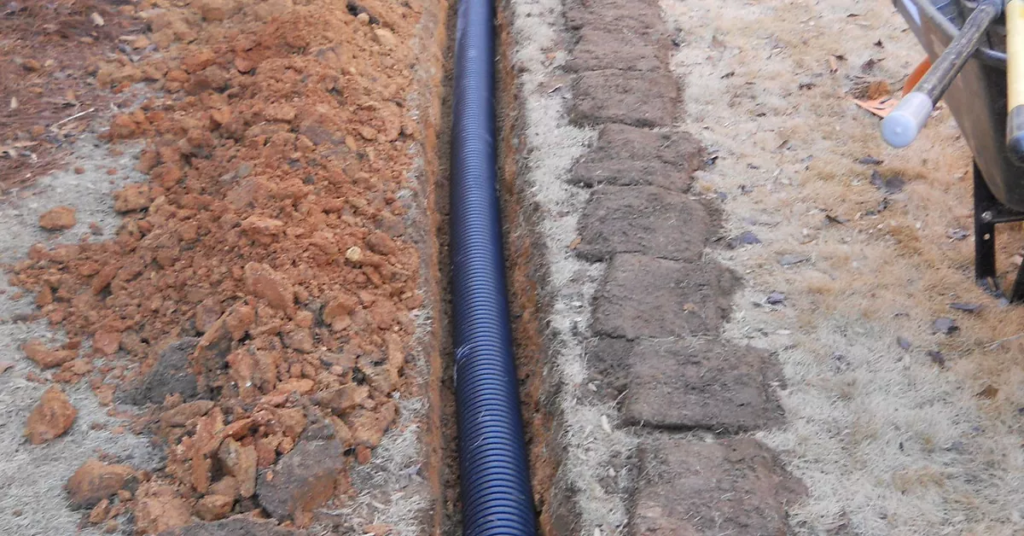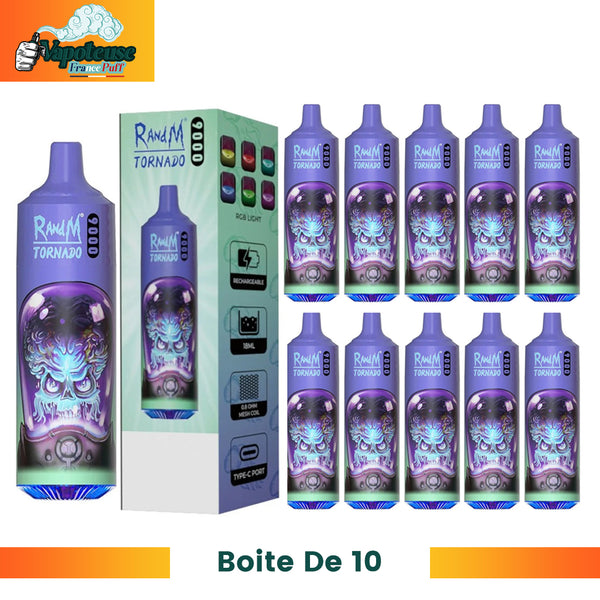Solving Slope Drainage Problems with Smart Lawn Design in Gonzales, LA
Slope drainage problems demand immediate attention through strategic lawn design that combines proper grading, targeted plantings, and engineered water management systems. Effective solutions integrate French drains with native Louisiana vegetation, terraced landscaping, and permeable surfaces to redirect water flow while preventing soil erosion on challenging terrain.
Smart lawn design in Gonzales, LA addresses slope drainage by creating multiple water interception points that slow runoff velocity and increase ground absorption. This comprehensive approach eliminates standing water, protects foundation integrity, and transforms problematic slopes into functional landscape features. All Seasons Lawn Care & Landscaping has developed these proven techniques through extensive field experience managing Louisiana’s unique clay soil conditions and intense rainfall patterns.
The following detailed strategies provide homeowners with actionable solutions based on real-world performance data and regional climate considerations specific to Gonzales area properties.
Understanding Slope Drainage Challenges
Slopes create natural water highways that accelerate runoff and concentrate flow at the bottom of inclines. Louisiana’s clay-heavy soil compounds these issues by creating impermeable surfaces that reject water absorption during heavy rainfall events. The result is erosion channels, foundation seepage, and landscape damage that requires immediate intervention.
Effective drainage design starts with slope analysis and water flow mapping. Properties with grades exceeding 15% experience runoff velocities that strip topsoil and create gullies within single storm events. Areas receiving concentrated flow from multiple uphill sources face the greatest risk and demand engineered solutions.

Slope Classification and Risk Assessment
| Slope Grade | Risk Level | Primary Issues | Recommended Solutions |
| 0-5% | Low | Minor pooling | Surface grading, organic amendments |
| 6-15% | Moderate | Erosion channels | French drains, terracing |
| 16-25% | High | Severe erosion | Retaining walls, engineered systems |
| 26%+ | Critical | Mass soil movement | Professional stabilization required |
Bonus Tip: Test soil absorption rates by digging 12-inch holes and filling with water. Clay soils taking over 4 hours to drain require enhanced drainage infrastructure rather than surface solutions alone.
Strategic Lawn Design Solutions
Transform problematic slopes through layered design that addresses water at multiple interception points. This approach prevents overwhelming any single drainage component while creating redundant protection systems.
Terraced landscaping breaks long slopes into manageable segments, reducing water velocity and creating absorption zones. Each terrace level incorporates different plant materials selected for root structure and water tolerance. Deep-rooted native grasses anchor upper levels while moisture-loving plants handle concentrated flow areas.
French drain systems installed parallel to slope contours capture subsurface water before it reaches problem areas. These underground channels redirect flow to safe discharge points while maintaining landscape aesthetics. Proper installation includes geotextile fabric, graduated gravel sizing, and adequate slope to prevent system backup.
Technical Specifications for Drainage Components
| Component | Material Specs | Installation Depth | Slope Requirements |
| French Drain Pipe | 4″ perforated PVC | 18-24 inches | 1% minimum grade |
| Gravel Base | 3/4″ clean stone | 6 inches below pipe | Level base critical |
| Filter Fabric | Non-woven geotextile | Wrap entire system | 4-6 inch overlap |
| Surface Cover | 2-3 inch topsoil | Match existing grade | Seed immediately |
Plant Selection for Slope Stabilization
Native Louisiana plants provide superior slope stabilization compared to non-adapted species. Deep root systems penetrate clay layers while drought tolerance ensures survival during dry periods when irrigation systems cannot reach steep areas effectively.
Vetiver grass creates living barriers that slow water flow while establishing extensive root networks extending 6-8 feet deep. These clumping grasses require minimal maintenance once established and handle both flooding and drought conditions common in Gonzales area weather patterns.
Groundcover combinations using native sedges, wildflowers, and shrubs create layered protection systems. Upper slope areas benefit from drought-tolerant species while lower sections accommodate moisture-loving plants that handle concentrated flow events.
Bonus Tip: Plant slope vegetation during Louisiana’s October-November window when cooler temperatures reduce transplant shock and winter rains provide natural irrigation for root establishment.
Recommended Plant Materials by Zone
| Slope Zone | Primary Plants | Root Depth | Water Tolerance |
| Upper/Dry | Little Bluestem, Yaupon | 4-6 feet | Drought tolerant |
| Middle | Inland Sea Oats, Beautyberry | 3-4 feet | Moderate moisture |
| Lower/Wet | Louisiana Iris, Buttonbush | 2-3 feet | Flood tolerant |
| Transition | Switch Grass, Palmetto | 5-7 feet | Variable conditions |
Hardscape Integration Techniques
Incorporate hardscape elements strategically to control water flow while adding functional value to slope areas. Retaining walls, steps, and patios create usable space while serving as drainage infrastructure components.
Permeable paving materials allow water infiltration while providing stable surfaces for foot traffic. Permeable concrete, gravel pathways, and spaced flagstone installations maintain access while supporting overall drainage objectives. These surfaces require proper base preparation with graded stone layers that connect to subsurface drainage systems.
Retaining wall systems serve dual purposes by creating level planting areas and incorporating drainage features. Modern segmental walls include integrated drainage systems that prevent hydrostatic pressure buildup while supporting landscape plantings above.

Things to Consider Before Making a Decision
Evaluate existing utilities and underground infrastructure before beginning drainage work. Contact Louisiana 811 for utility marking services, as drainage installations often conflict with existing systems requiring design modifications.
Assess neighborhood drainage patterns and municipal stormwater requirements. Local ordinances may restrict discharge locations or require permits for major drainage modifications. Coordinate with neighbors when solutions affect shared property boundaries or downstream flow patterns.
Consider maintenance requirements for different drainage solutions. French drains require periodic cleaning while planted slopes need establishment care and occasional replanting. Factor ongoing costs and labor requirements into initial decision making.
Weather timing significantly impacts installation success and costs. Schedule major earthwork during Louisiana’s dry season (typically August-October) to avoid soil compaction and equipment access issues. Spring installations face higher failure rates due to soil saturation and rapid plant growth requirements.
Budget for professional soil testing and site analysis. Clay soil conditions vary significantly within small areas, affecting drainage system design and plant selection. Professional analysis prevents costly trial-and-error approaches while ensuring code compliance.
Professional Drainage and Landscaping Services
All Seasons Lawn Care & Landscaping provides comprehensive solutions for slope drainage challenges through specialized services designed for Louisiana’s unique conditions.
Drainage Services: Complete water management systems including French drains, surface drainage, and stormwater solutions. Professional installation ensures proper grading and long-term performance in challenging clay soil conditions.
Landscaping Services: Custom design and installation of slope-specific plantings using native Louisiana species. Includes soil preparation, plant selection, and establishment care programs.
Hardscaping Services: Retaining walls, permeable patios, and integrated drainage features that combine functionality with aesthetic appeal. Professional engineering ensures structural integrity and code compliance.
Excavation Services: Precise grading and earthwork for drainage installations. Equipment capabilities handle challenging access situations common with slope properties.
Sod Installation and Repair: Specialized techniques for establishing grass on slopes including hydroseeding, erosion control blankets, and irrigation system integration.
Irrigation Systems: Custom-designed watering solutions for slope conditions including drip systems, micro-spray installations, and smart controllers that adjust for slope drainage patterns.
Tree Planting: Strategic placement of trees for slope stabilization and erosion control. Includes species selection based on root structure and mature size considerations.
Mulching Services: Specialized slope mulching techniques that prevent erosion while supporting plant establishment. Includes organic and inorganic mulch options based on slope conditions.
Common Questions About Slope Drainage Solutions
How quickly do drainage improvements show results? Surface drainage modifications provide immediate runoff control during the next rainfall event. Underground systems like French drains begin working immediately but show maximum effectiveness after 2-3 storm cycles allow system settling. Plant-based solutions require 6-12 months for root establishment and full erosion control benefits.
What drainage solution works best for steep slopes over 20%? Steep slopes require engineered solutions combining retaining structures with drainage systems. Terraced walls create manageable slope segments while integrated French drains handle water management. Plant materials alone cannot provide adequate erosion control on grades exceeding 20% without structural support.
How do I prevent drainage systems from clogging? Install proper filter fabric around French drains and use graduated gravel sizing to prevent soil intrusion. Schedule annual inspections and cleaning of surface drains. Avoid using fine mulch materials near drainage inlets that can wash into systems during heavy rainfall.
Can I install slope drainage myself or do I need professionals? Simple surface drainage improvements like regrading and basic plantings suit DIY approaches. Complex systems involving excavation, underground drainage, or retaining structures require professional installation to ensure proper function and code compliance. Improper installation often creates worse drainage problems requiring expensive corrections.
Ready to Transform Your Problem Slope
Smart lawn design eliminates slope drainage issues through proven techniques that address water flow, soil stabilization, and long-term landscape health. These comprehensive solutions protect property values while creating functional outdoor spaces from challenging terrain.
Professional installation ensures optimal performance and prevents costly mistakes common with complex drainage projects. Apply these insights now: Schedule your slope drainage consultation with All Seasons Lawn Care & Landscaping to develop a customized solution for your Gonzales property.
Contact Information: All Seasons Lawn Care & Landscaping
Phone: (225) 276-8658
Email: info@allseasonslandscapingla.com
Frequently Asked Questions
What’s the difference between surface drainage and subsurface drainage for slopes? Surface drainage manages water flowing over the ground through grading, channels, and barriers. Subsurface drainage handles water moving through soil layers using French drains and underground systems. Most effective slope solutions combine both approaches to address water at multiple levels.
How do Louisiana’s clay soils affect drainage system design? Clay soils create unique challenges due to poor water absorption and expansion characteristics. Drainage systems require deeper installation, larger capacity pipes, and enhanced filter materials to prevent clogging. Clay also necessitates specific plant selections with roots capable of penetrating dense soil layers.
When is the best time to install slope drainage in Louisiana? October through February provides optimal installation conditions with cooler temperatures and lower rainfall. Avoid summer installations during peak heat and storm season. Spring installations face challenges from soil saturation and rapid vegetation growth that complicates establishment procedures.
How do I maintain planted slopes after drainage installation? Newly planted slopes require consistent moisture during establishment (6-8 weeks) followed by deep, infrequent watering. Annual mulch application prevents erosion and supports plant health. Remove invasive species promptly and replant damaged areas immediately to maintain slope stability.
What permits are required for slope drainage work in Gonzales? Minor drainage improvements typically don’t require permits, but major earthwork or retaining walls over 4 feet need building permits. Projects affecting municipal drainage or neighboring properties may require additional approvals. Contact East Baton Rouge Parish for specific requirements based on project scope and location.
Reviewer: Sophie Williams looked over this post and brought 7 years of field experience to her suggestions, helping ensure the content stays relevant to business owners and practical for everyday use.













